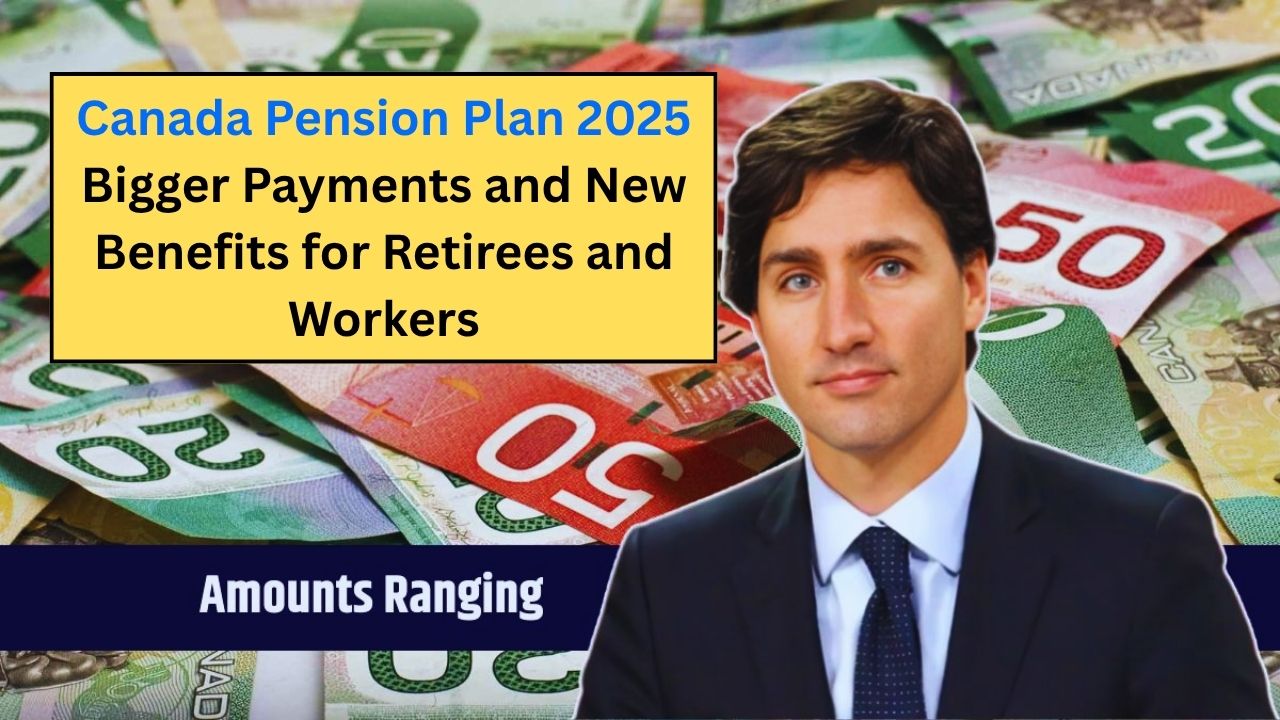The Canada Pension Plan (CPP) is getting a major update in 2025, bringing good news for retirees and workers across Canada. With living costs climbing, these changes aim to put more money in your pocket and secure your financial future. From higher monthly payments to new benefits for families, the updates are designed to help millions of Canadians. This article breaks down what’s new, who qualifies, and how you can make the most of these changes.
What’s Changing in 2025?
The CPP is a key source of income for retirees, disabled workers, and families who lose a loved one. In 2025, the plan is getting a boost to keep up with rising costs and changing needs. The government has introduced a 2.7% cost-of-living adjustment (COLA) to all CPP payments, meaning a retiree getting $1,000 a month in 2024 will see $1,027 a month in 2025. There’s also an ongoing enhancement that increases future pensions for workers contributing after 2019. Higher earners can now contribute more to earn bigger payouts later, with a new earnings cap of $81,200.
New Benefits for Families
The 2025 updates include new support for families of disabled or deceased CPP contributors:
-
Children aged 18–24 studying part-time at a recognized school can now get a monthly benefit of $150.89, which is half the amount full-time students receive.
-
If a contributor dies before claiming their pension and leaves no spouse or partner, their estate will get a $5,000 death benefit, up from $2,500.
-
The Disabled Contributor’s Child’s Benefit now extends to children of contributors who are over 65, offering more support for families.
These changes make the CPP more flexible, ensuring families get help when they need it most.
Payment Dates and Amounts
CPP payments arrive monthly, usually near the end of the month. For 2025, you can expect payments on these dates:
| Month | Payment Date |
|---|---|
| January | January 29 |
| February | February 26 |
| March | March 27 |
| April | April 29 |
| May | May 28 |
| June | June 26 |
The maximum monthly retirement pension for new retirees in 2025 is $1,433, but most people get less, depending on how much and how long they contributed. Delaying your pension until age 70 can boost your payments by 42%, adding over $5,000 a year to your income. If you’re still working while receiving CPP, you can earn a Post-Retirement Benefit (PRB) by contributing more, which adds to your pension in the next year.
Who Qualifies and How to Apply
To get CPP benefits, you must have worked in Canada (outside Quebec) and made at least one valid contribution. The amount you receive depends on your earnings and how long you’ve paid into the plan. Here’s how to apply:
- Online: Use your My Service Canada Account for the fastest option. You’ll need your Social Insurance Number (SIN), banking details, and work history.
- By mail: Send a paper application to Service Canada. It takes longer but works if you prefer not to use the internet.
Newcomers or those with changing circumstances, like a new child or separation, should update their details with the CRA to avoid missing out. If you’re separated and request a CPP credit split, you’ll no longer qualify for a survivor’s pension unless you reconcile with your partner.
How to Maximize Your Benefits
Workers can boost their future CPP by earning more and working longer, ideally for 35–40 years at higher income levels. The 2025 enhancement lets you contribute on earnings up to $71,300 at a 5.95% rate, and an extra 4% on earnings between $71,301 and $81,200. Self-employed workers pay both the employee and employer portions, totaling 11.9% up to $71,300 and 8% for the higher tier. These extra contributions could increase your pension by over 50% if you contribute for 40 years. Retirees can supplement CPP with investments like dividend-paying stocks or ETFs, such as the BMO Canadian Dividend ETF, to stretch their income further.
Planning for a Secure Future
With higher payments, new family benefits, and more ways to contribute, the 2025 CPP changes offer real support for Canadians. Whether you’re retired or still working, these updates can help you plan for a more comfortable future. Check your My Service Canada Account to track your contributions and estimate your pension. If you’re unsure where to start, the CRA’s website or a financial advisor can guide you. With a little planning, you can make the most of these changes and enjoy greater peace of mind.



